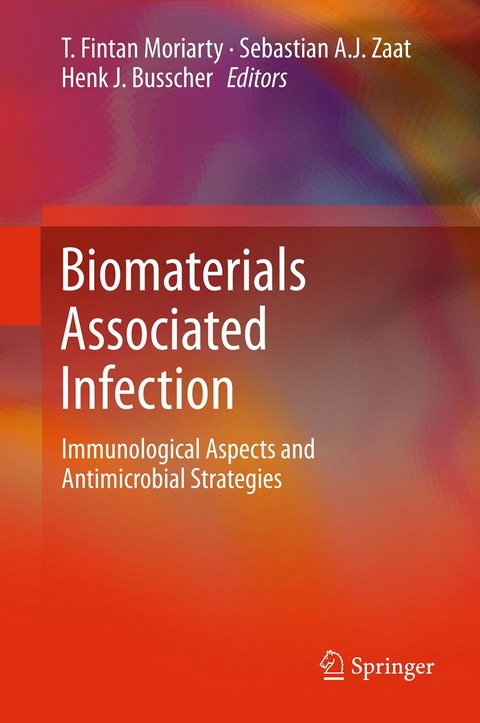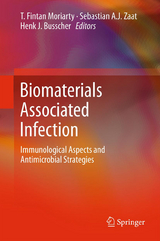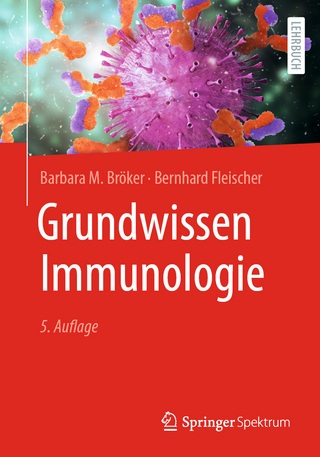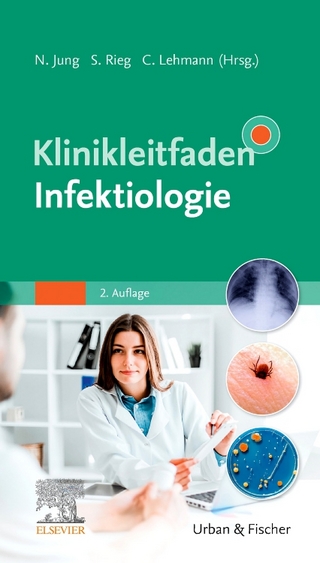Biomaterials Associated Infection
Springer-Verlag New York Inc.
978-1-4614-1030-0 (ISBN)
Preface.- PART 1. The Pathogenesis of Medical Device associated Infection.- Chapter 1: Biomaterial associated infection: a perspective from the clinic.- Chapter 2: Staphylococcus epidermidis in biomaterial associated infection.- Chapter 3: Staphylococcal virulence factors.- Chapter 4: Propionibacterium acnes: a new emerging pathogen in biomaterial associated infection.- Chapter 5: Bridging the gap between in vitro and in vivo testing for Biomaterial associated infection.- Chapter 6: Biomaterial-dependent characteristics of the foreign body response and S. epidermidis biofilm interactions.- Chapter 7: Dendritic cell-biomaterial interactions: implications for the onset and development of the foreign body response.- Chapter 8: Tissue Colonisation in Biomaterial-Associated Infection.- Chapter 9: Treatment options for medical device associated infection.- Chapter 10: Novel antimicrobial strategies: honey and antimicrobial peptides.- Chapter 11: Infections associated with implanted dental devices.- Chapter 12: Animal models of orthopedic implant related infection.- PART 2: Biomaterial-based Strategies to Reduce Medical Device Associated Infection.- Chapter 13: Antimicrobial medical devices in preclinical development and clinical use.- Chapter 14: Silver containing biomaterials.- Chapter 15: Quaternary ammonium Compounds.- Chapter 16: Anti-adhesive and Antibacterial Polymer Brushes.- PART 3: Clinical applications, case studies.- Chapter 17: Orthopaedic device design and antibiotic coatings reduce infection rates.- Chapter 18: The indwelling bladder catheter: attempts to prevent infection and the development of bacterial biofilms.- Chapter 19: Antimicrobial-Modified Vascular Catheters.- Chapter 20: Topical Antimicrobial Containing Biomaterials for Peri-Implant Infections in the Oral Cavity.- Chapter 21: Preventive Strategies in VAP: Focus on Silver-Coated Endotracheal Tubes.- Index.
| Zusatzinfo | XIV, 566 p. |
|---|---|
| Verlagsort | New York, NY |
| Sprache | englisch |
| Maße | 155 x 235 mm |
| Themenwelt | Medizin / Pharmazie ► Physiotherapie / Ergotherapie ► Orthopädie |
| Studium ► Querschnittsbereiche ► Infektiologie / Immunologie | |
| Naturwissenschaften ► Biologie ► Mikrobiologie / Immunologie | |
| Technik ► Maschinenbau | |
| Technik ► Medizintechnik | |
| ISBN-10 | 1-4614-1030-4 / 1461410304 |
| ISBN-13 | 978-1-4614-1030-0 / 9781461410300 |
| Zustand | Neuware |
| Informationen gemäß Produktsicherheitsverordnung (GPSR) | |
| Haben Sie eine Frage zum Produkt? |
aus dem Bereich




